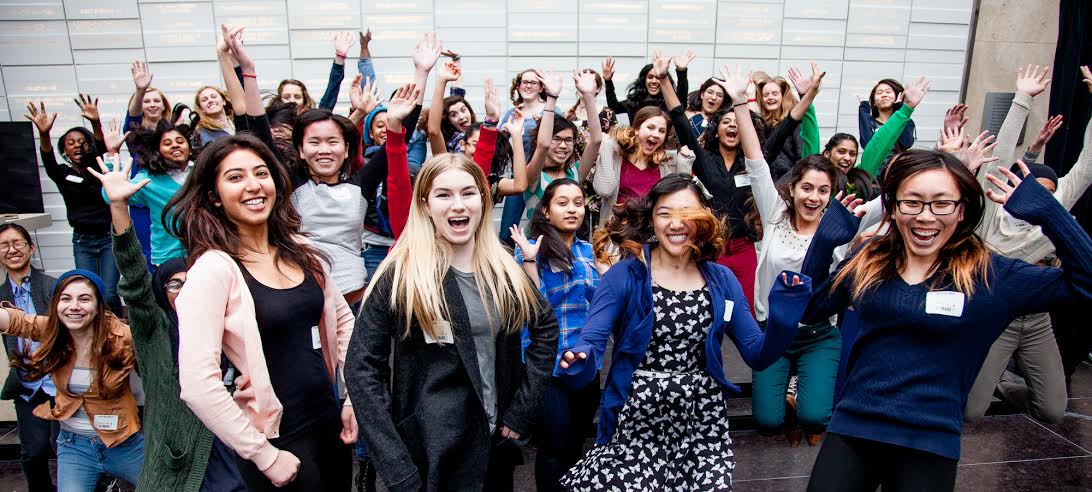SDTC: Why don’t girls pursue engineering?
RS: They don’t know what engineering really is, and they haven’t heard about the types of careers that they can pursue. They have all of these misconceptions that engineering is harder, it takes longer, and that it’s a ‘dirty job’. We’ve found that girls are interested in careers in which they’re collaborative, in which they’re able to creative, and in which there is some emphasis on communication and community. They want to make the world a better place.
SDTC: What is the purpose of WEMADEIT?
The whole nature of WEMADEIT is to expose girls to engineering and ask them to keep their doors open. There are a lot of really cool options they might want to pursue. But if they’re not choosing to stay in math and science after they’re 15, they’ve closed those doors.
How do you ‘sell’ engineering to girls?
We’ve been working with Engineers without Borders. They’ve been able to talk about engineering in ways that really appeal to both men and women. I think what’s appealing to girls about it is that engineers are creative problem solvers. They are the ones that will imagine and build a better future.
What’s different about this curriculum?
Engineering is not actually in the (grade 7/8) curriculum. So the curriculum we’re developing is for math or science teachers. We found a lot of the choices around STEM happen around puberty (between ages 12-14). There’s no reflection in STEM of positive female leadership and role models. So they don’t associate with it. If this curriculum in grade 7/8 can be really fun, and do the things that girls want to do (like include story and context), then we can hopefully change their minds younger. Then it’s not such a big deal for them to keep taking math and science when they enter high school.
What’s a typical lesson?
One, called ‘Power Generator’ takes students step-by-step through the process of building a power generator. They use specific engineering vocabulary to talk about how they designed and built their generators. We know it’s really important for girls to make a societal connection. So we say; “Why would you build a power generator in the first place? Imagine, you go home at night and you have to run home from school at night because it’s going to get dark by the time you get home. And then you get home, and there’s no stove for you to cook at, there’s no lights for you to do your homework. That’s your life. Imagine what a power generator can do to change a community.” In that case, you want to build this power generator for a community that doesn’t have electricity but in doing so, you have to raise the money to buy the parts, you have to train the people to build and use the generator. Lastly, you’re probably going to displace some kind of habitat. Without saying it in these words then, what are the economic, social and environmental issues and choices that go along with power? Because that’s also part of an engineer’s job.
This curriculum is set to roll out Nov. 13 at STAO and will be available for free. Download at WEMADEIT.




 Follow Us On Instagram
Follow Us On Instagram
